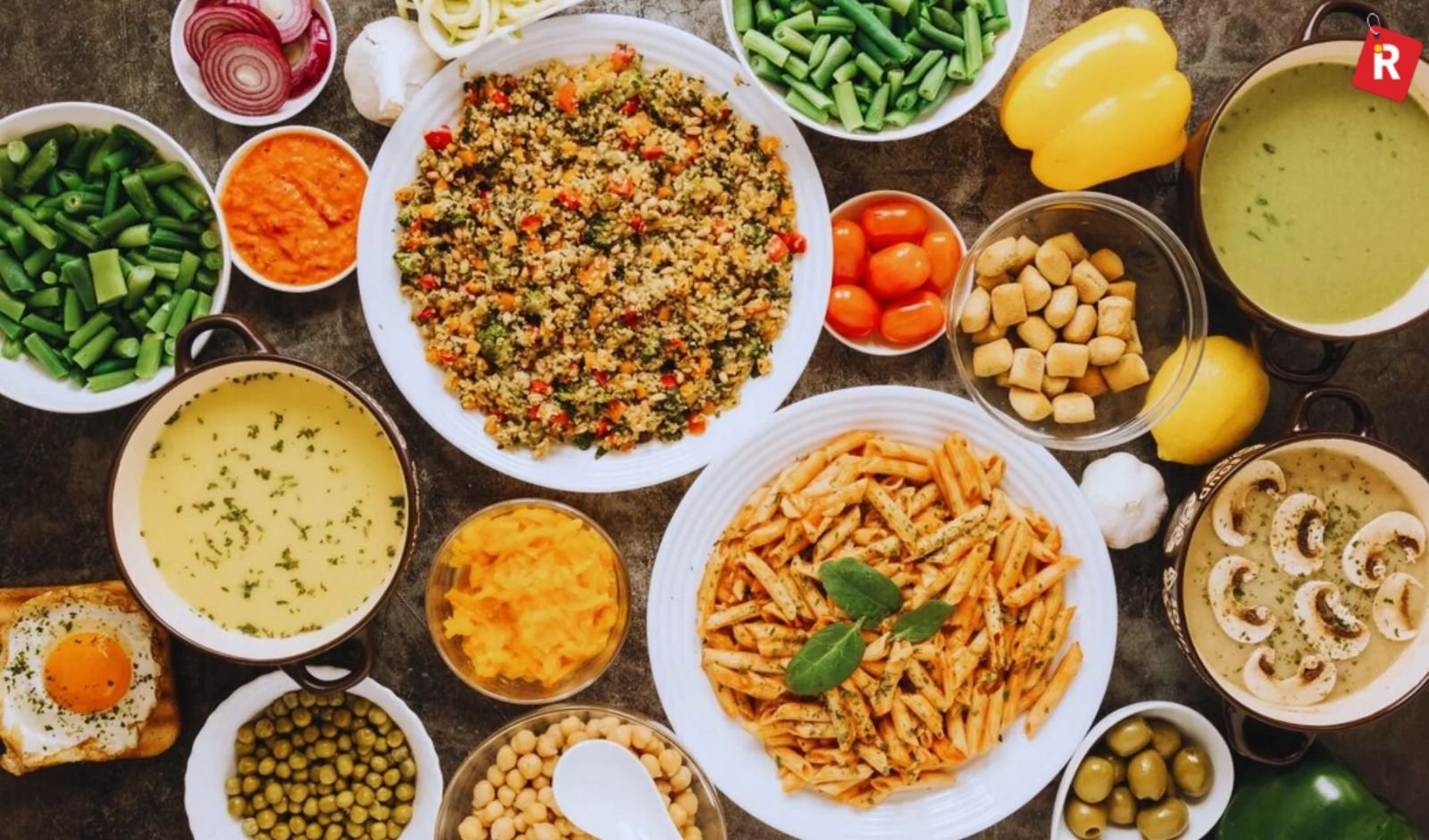As demand for protein-rich foods grows, many people are turning to more sustainable and accessible options. Keeping backyard chickens offers a steady supply of fresh eggs while reducing reliance on industrial food systems. Pairing poultry with protein-rich plants like beans or leafy greens helps create a balanced, homegrown food supply that supports both nutrition and ecological health.
Raising chickens alongside a garden brings meals full circle—from soil to plate. It offers a hands-on way to eat better while building a deeper connection to what’s on your table. Fresh eggs and homegrown vegetables aren’t just healthier; they reflect a lifestyle rooted in self-reliance and environmental care.
Build a Low-Maintenance Egg System With the Right Chicken Feeder Setup
Choosing the right setup—especially well-designed chicken feeders—saves time and helps hens lay more eggs. Anti-scratch guards stop chickens from kicking out feed, reducing waste. Mounting a UV-resistant, weatherproof feeder at chest height keeps food dry and harder for pests to reach. That means more feed stays in the feeder—and ends up in your chickens.
Make sure your feeder can hold at least 12 kg of feed to handle mealtimes for several hens. A larger feeder means fewer refill trips, especially during busy days. Simple access makes daily care faster, so hens always have good food available. A clean, organized feeding area often leads to healthier birds and more eggs.
Grow a Garden That Complements Your Egg Supply
Once your hens have a reliable feeding setup, your garden becomes the next opportunity to boost self-reliance. Planting protein-rich crops not only balances your meals but also improves soil health for long-term growth. Fava beans are a top choice—they fix nitrogen into the soil and produce edible pods and seeds by late spring when planted in late winter. They pair well with backyard eggs and nourish the garden in the off-season.
Use spent chicken bedding as mulch around hardy greens like kale or chard. It adds nutrients while suppressing weeds and reducing the need for chemical inputs. Quick crops such as radishes, spinach, and green onions fill gaps between slower-growing plants and give you something fresh to harvest within weeks. The right plant pairings mean more food, healthier soil, and fewer trips to the grocery store.
Use Composting to Feed Your Garden and Your Birds at the Same Time
After preparing garden beds, composting offers a practical way to return nutrients to the soil and support flock health. A bin filled with vegetable scraps, banana peels, and coffee grounds produces compost that improves plant growth and adds natural supplements for poultry. Using compost in garden rows helps enhance harvest quality and reduce overall waste.
You can also raise mealworms in your compost pile to give your chickens extra protein. It’s a fun project and gives your hens a healthy snack. Finished compost works well in tomato and zucchini beds, bringing old soil back to life. Trying out different composting methods can lead to better crops and happy birds.
Incorporate Rainwater and Greywater Capture Into Your Feeding Cycle
Water systems play a key role in keeping gardens productive and flocks healthy. Collecting rainwater offers a steady supply for both coop and garden while reducing reliance on municipal sources. A rain barrel fitted with a first-flush diverter helps filter runoff, making water safer for poultry to drink and better suited for supporting edible crops.
Greywater can be used to water plants near the chicken coop, helping them grow without wasting clean water. Installing an automatic float valve in the chicken water bucket keeps the level steady, so frequent refills aren’t needed. Rainwater and greywater setups like this one save time and support healthier chickens.
Design Daily Meal Plans Using What You Grow and Raise
Planning meals around your homegrown food makes cooking more fun and practical. A quick lunch might include hard-boiled eggs with sautéed beet greens and roasted carrots. The mix of colors and flavors tastes great and shows off your garden’s bounty. For breakfast, oat-banana protein pancakes made with fresh eggs and ripe fruit give a creative twist to your morning routine while cutting food waste.
Keep meals varied to maintain balance. Add bean salads or roasted squash for extra options. Changing up ingredients helps keep meals interesting without making eggs the main focus. Creating meals based on seasonal harvests also encourages creativity and supports year-round health.
Raising chickens and growing food at home makes meals more satisfying and purposeful. A well-planned feeder system reduces waste and keeps hens productive with less daily effort. In the garden, fava beans and kale enrich the soil while adding flavor and variety to every harvest. Composting kitchen scraps turns leftovers into nutrients for both plants and poultry. Rainwater and greywater systems support the garden and conserve clean water. Start with a few manageable steps, such as planting hardy greens or building a small coop. Each addition brings stronger connections to food, health, and the environment right outside the back door.
